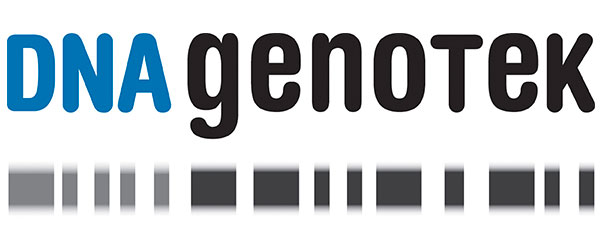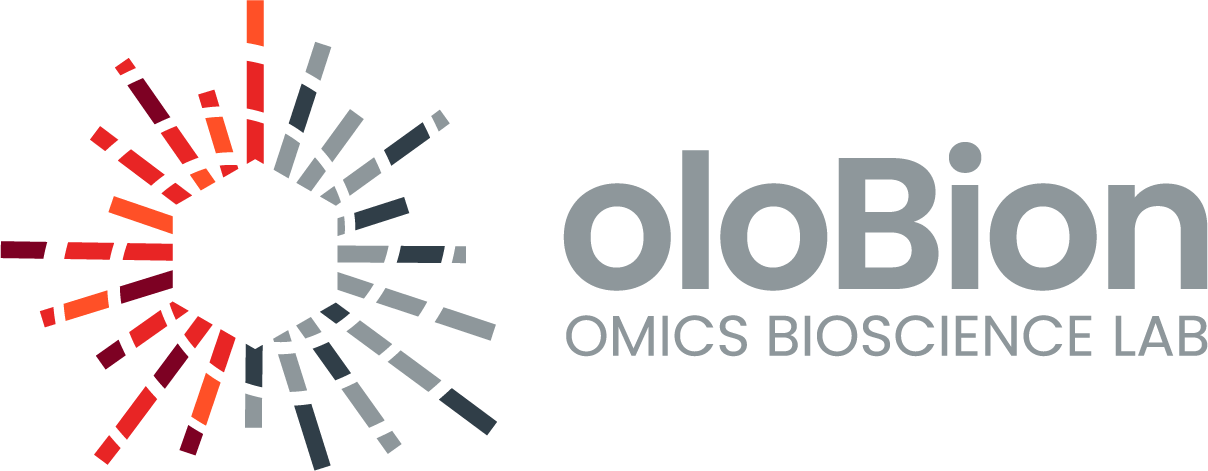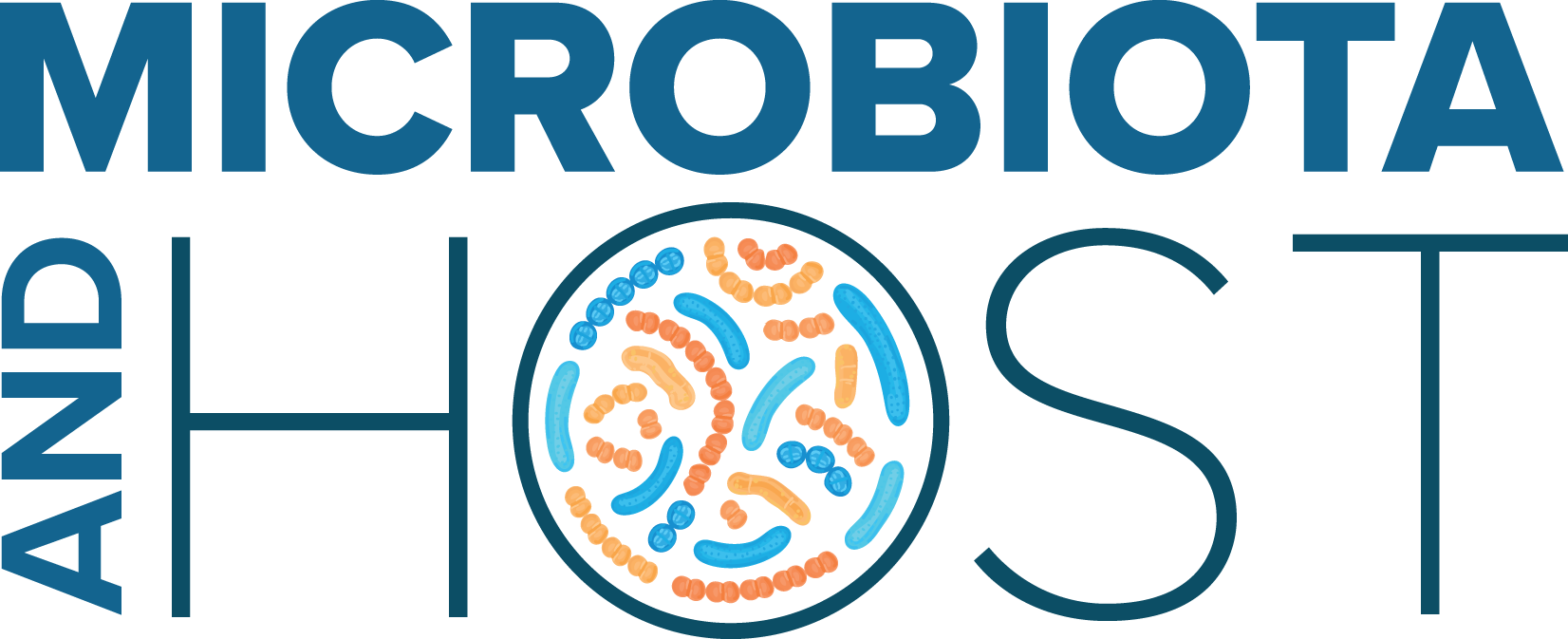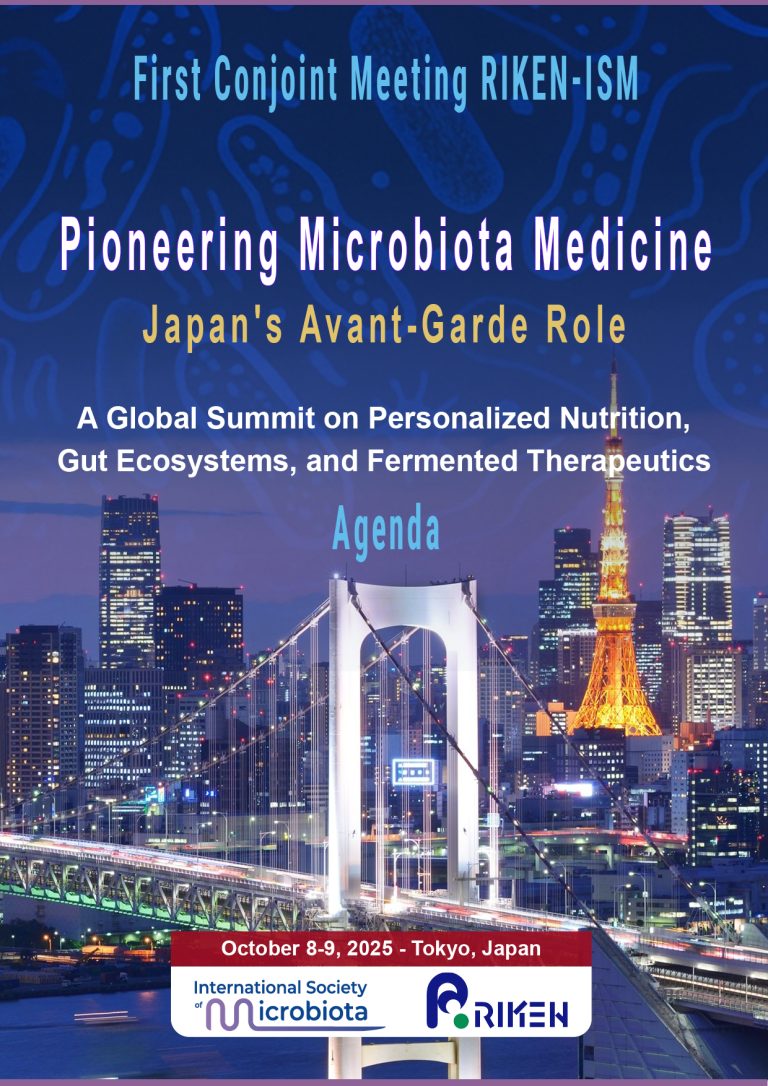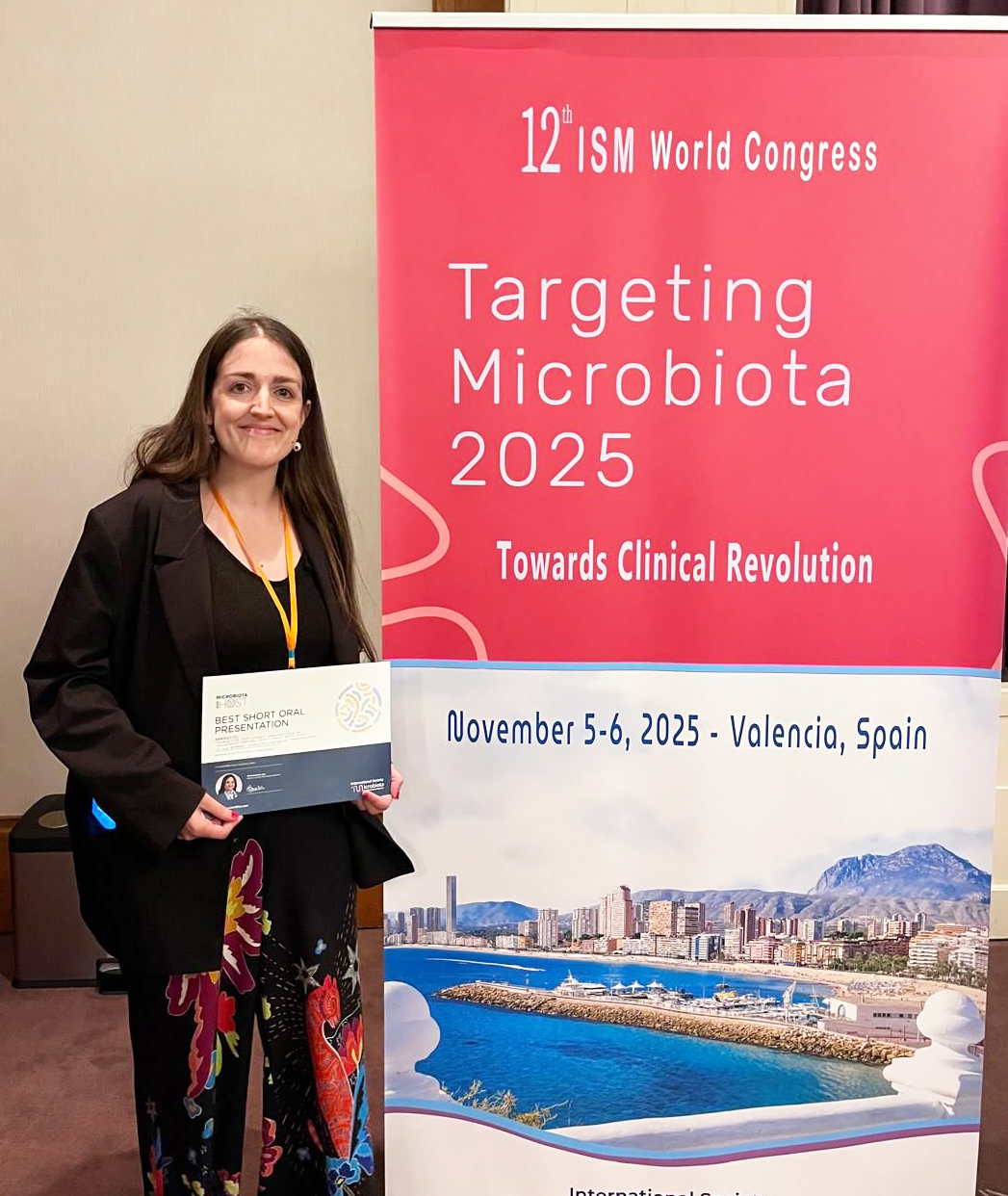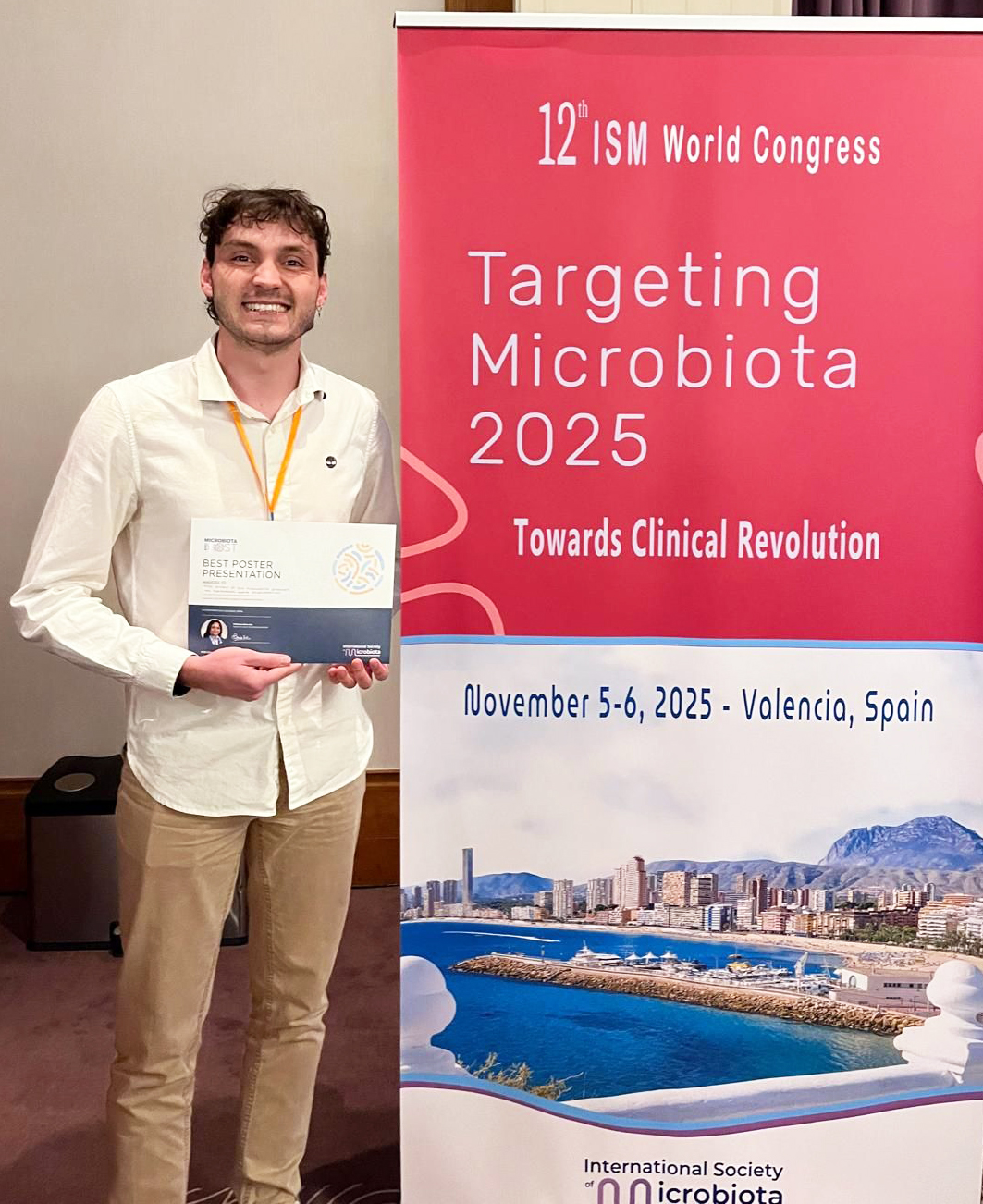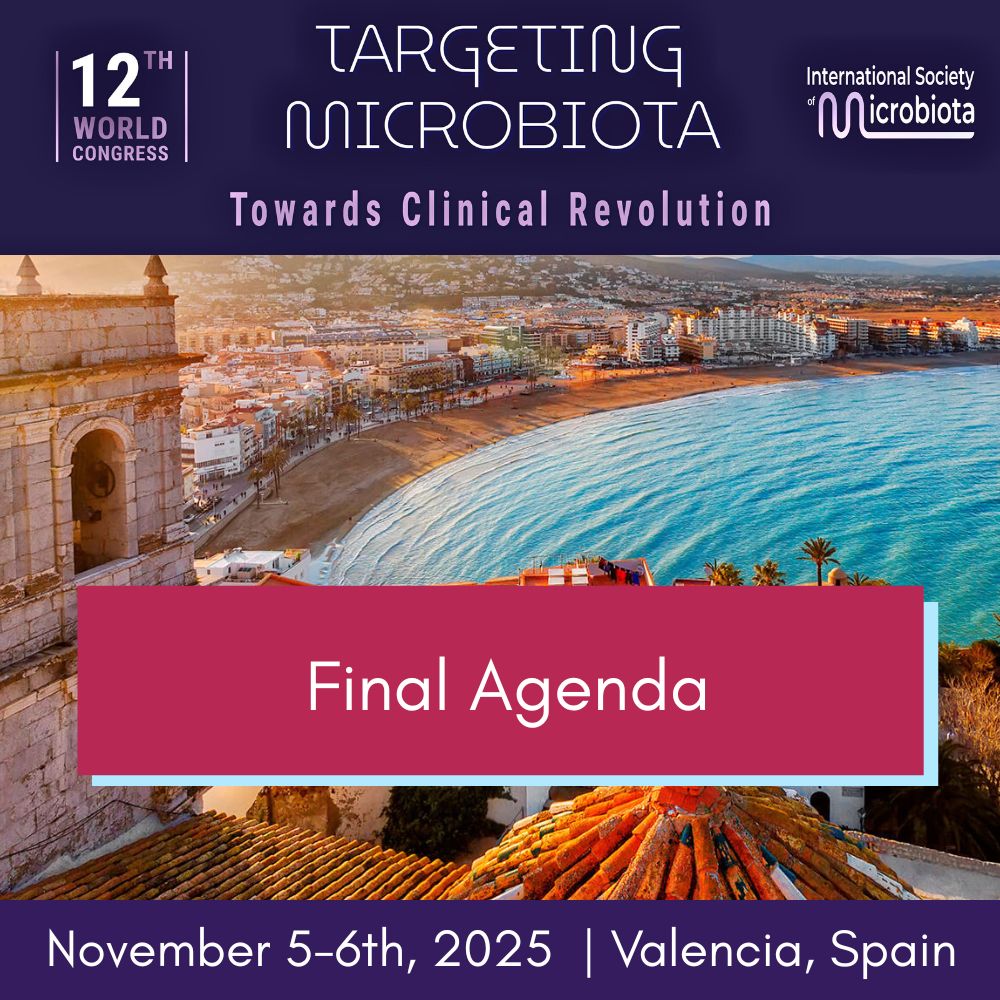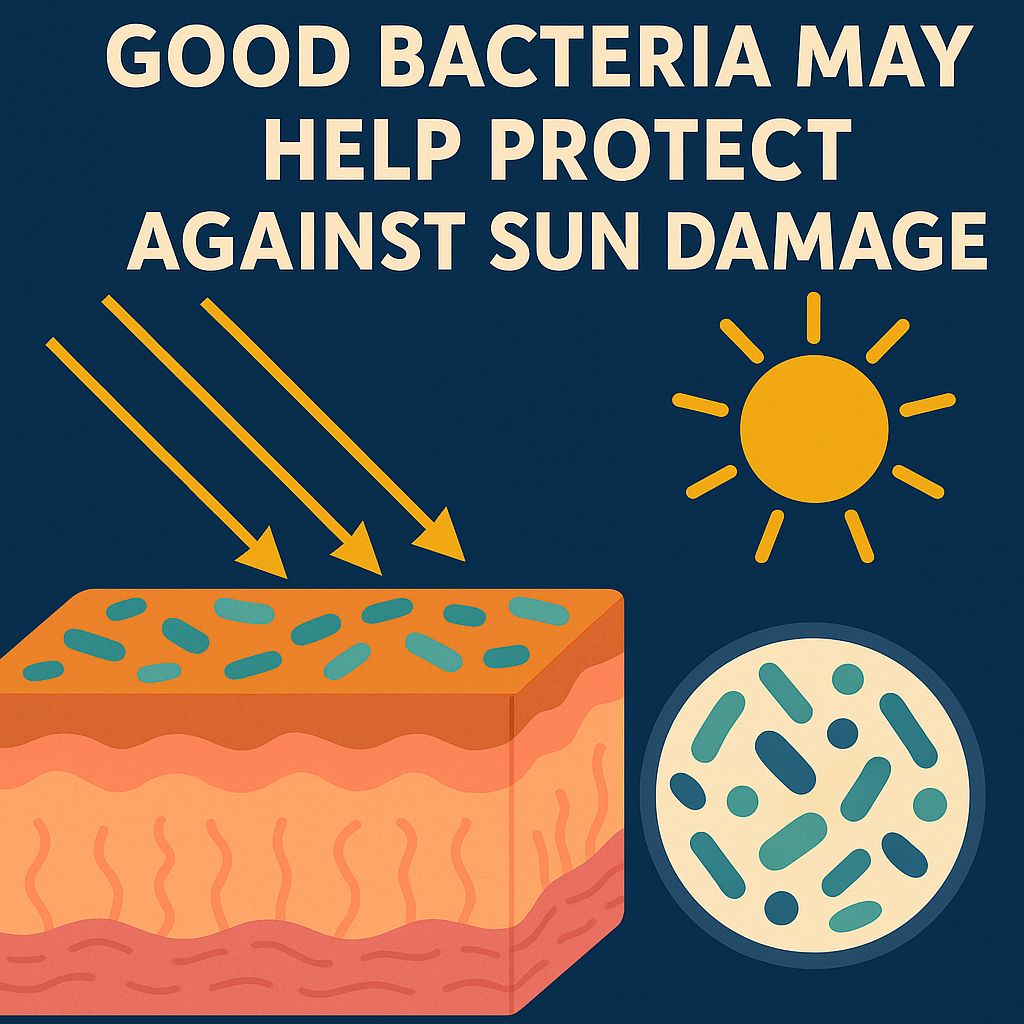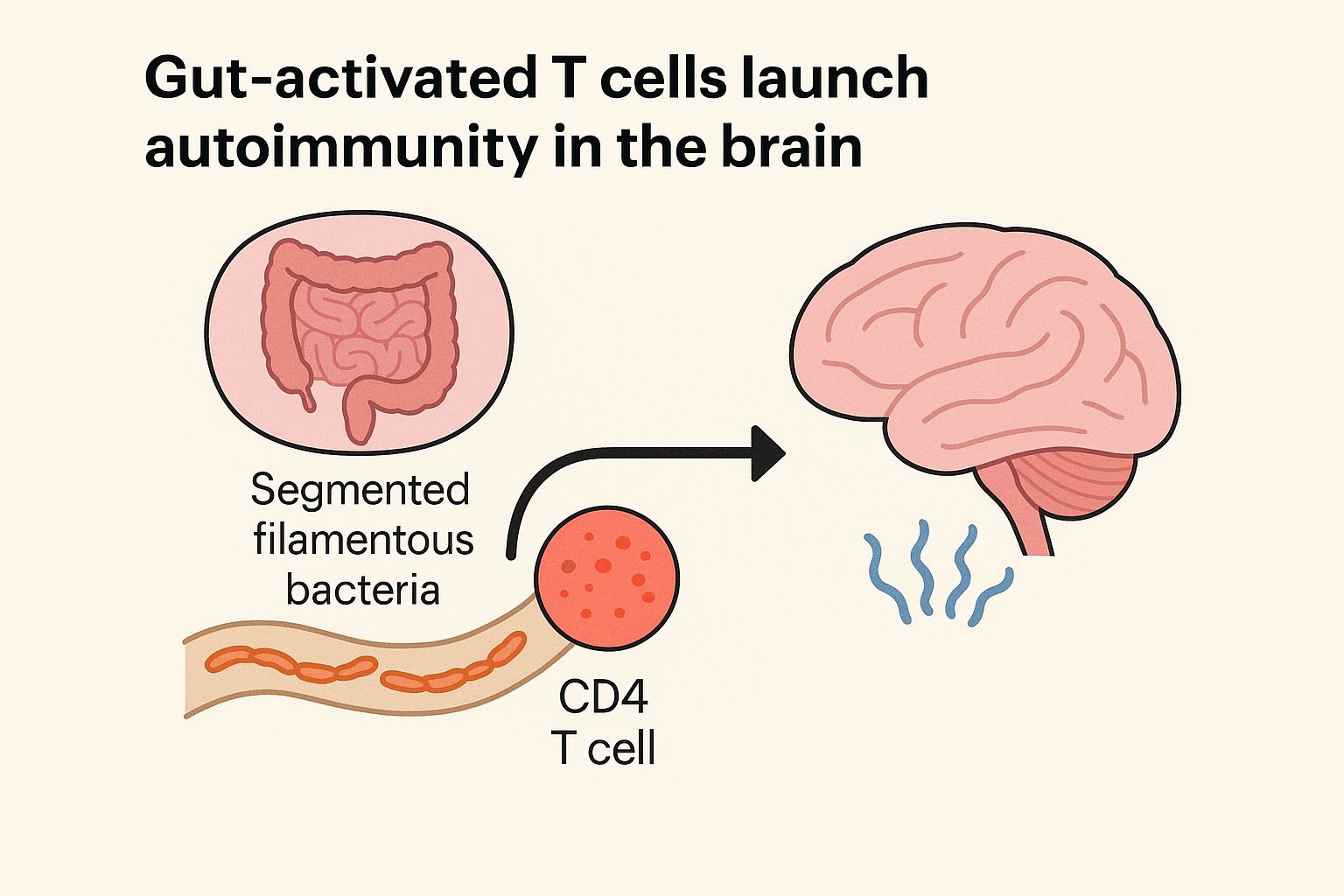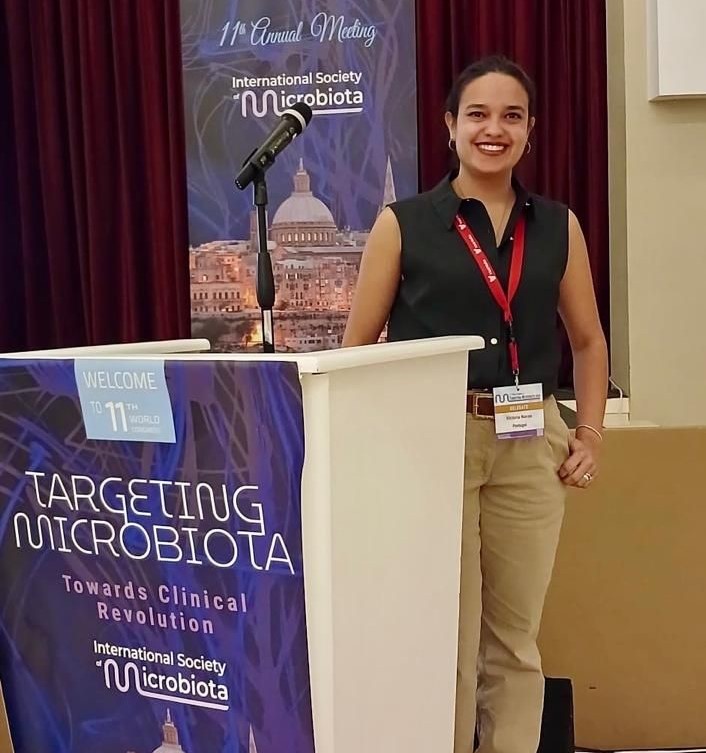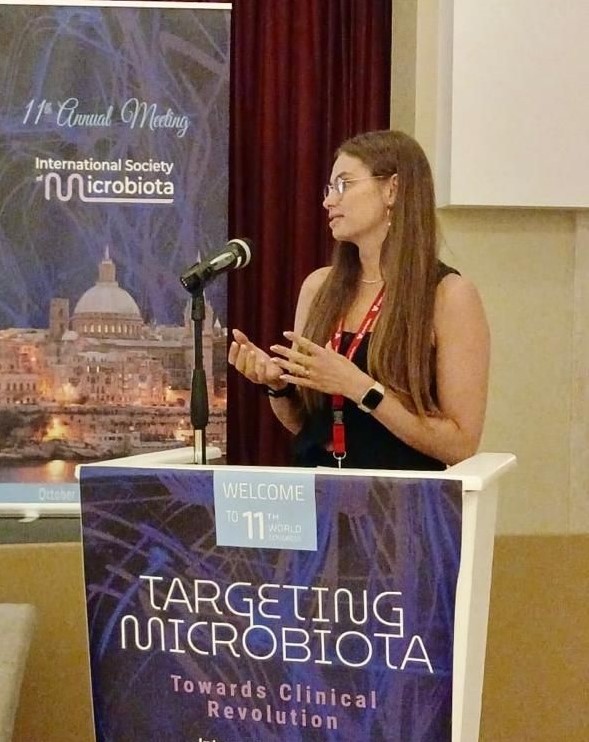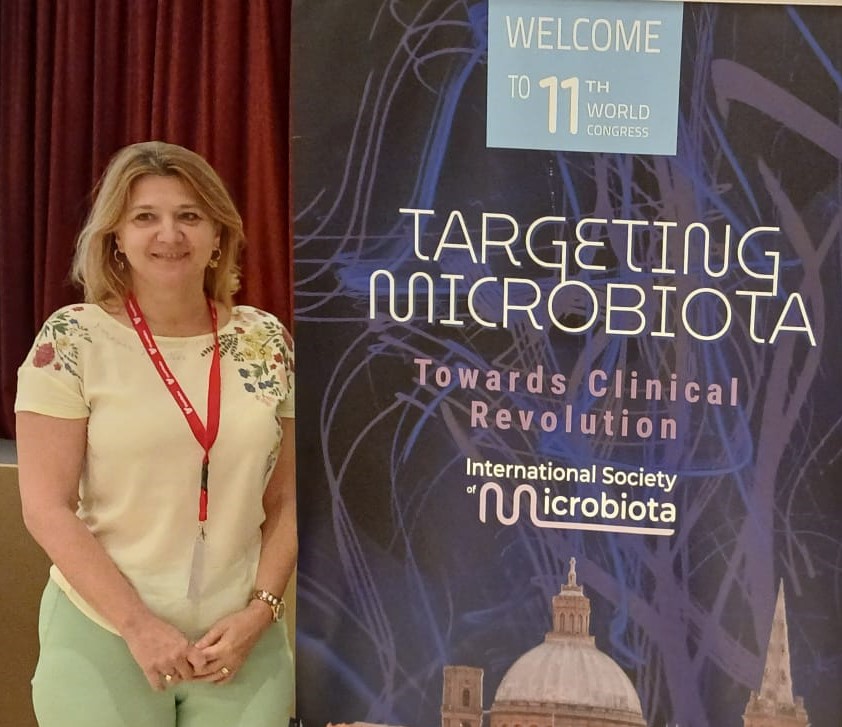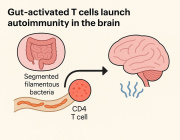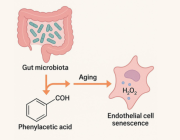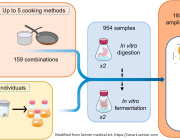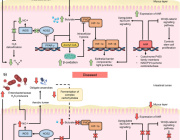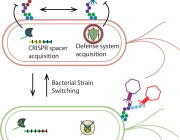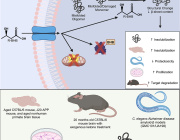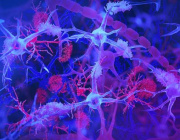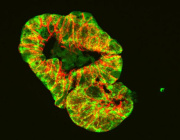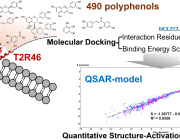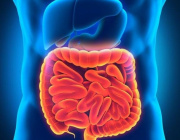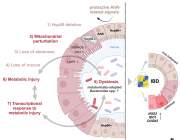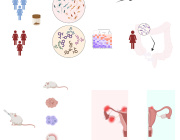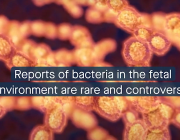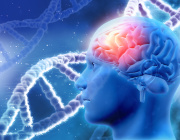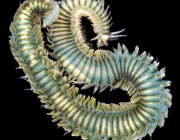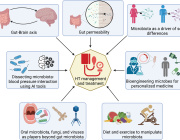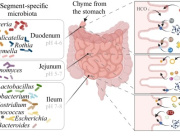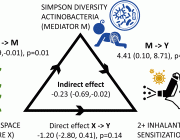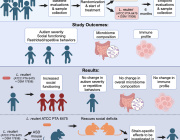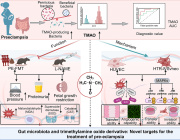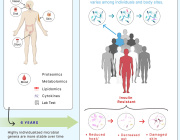Alerts
Food & Microbiota 2018: The first symposium will be organized in June 14
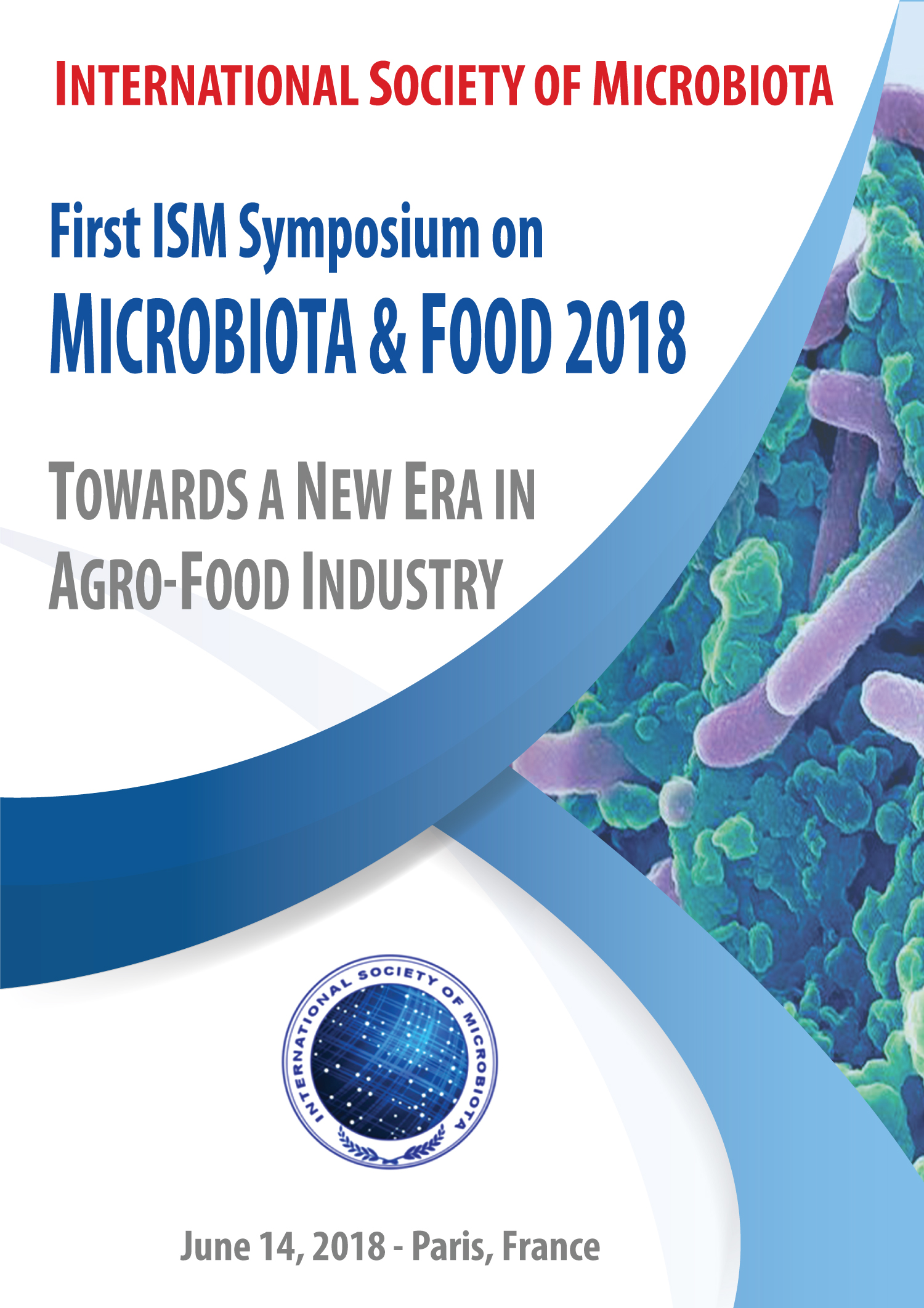 The International Society of Microbiota (ISM) organizes the first ISM Symposium on Microbiota & Food, which will be held in Paris in June 14, 2018.
The International Society of Microbiota (ISM) organizes the first ISM Symposium on Microbiota & Food, which will be held in Paris in June 14, 2018.
Nowadays, the studies about microbiota are revolutionizing the clinical and health research.
Report of the 5th ISM Berlin Microbiota Congress 2017

For this 5th edition of ISM World Congress on Microbiota, which was held on October 26-27, 2017, the organizing committee had decided to move to a new city: Berlin. According to the President of ISM "Berlin has been a fantastic location and a fascinating city full of history and discoveries….just like the Microbiota!". Indeed, the 5th edition gathered more than 280 attendees coming from universities, clinics, start-up and international industries dealing with all fields related to microbiota.
ISM communication award 2017 for a presentation about Exploring the gut microbiome role in Parkinson’s disease and in primary parkinsonisms
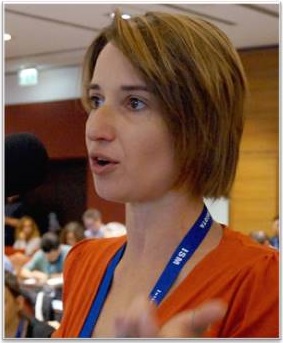 The scientific committee of the 5th World Congress on Targeting Microbiota discerned the ISM oral communication award to Dr. Clarissa Consolandi, from the National Research Council, Italy for her presentation about "Exploring the gut microbiome role in Parkinson’s disease and in primary parkinsonisms".
The scientific committee of the 5th World Congress on Targeting Microbiota discerned the ISM oral communication award to Dr. Clarissa Consolandi, from the National Research Council, Italy for her presentation about "Exploring the gut microbiome role in Parkinson’s disease and in primary parkinsonisms".
Testimonial from Dr. Consolandi: "It is a great honor for me to be awarded by the ISM. My work was about the study of the gut microbiome (GM) role in Parkinson’s disease and in primary parkinsonisms. Our results showed a considerable altered GM profile in patients compared to their co-living healthy controls with an evolution of the microbial profile visible during the progression of the disease. So, specific microbial groups could be used in the future as fingerprints of the disease progression. In addition, the preliminary data collected from the twins dataset could also provide key information on the risk factors for the development of the disease, since they share most of the key factors that determine the composition of GM in the early stages of life and this model is devoid of bias due to genetic variability.
Targeting Microbiota Congress represents a great opportunity to exchange ideas with the leading scientists and share the latest developments in the field, providing chance for brainstorming also during breaks and poster sessions."To access the global report of Targeting Microbiota 2017, please follow this link.
For more information: www.microbiota-site.com
The final agenda of the 5th World Congress on Targeting Microbiota is now online
The abstracts book of the 5th World Congress on Targeting Microbiota, which will be held in Berlin, Germany on October 26-27, 2017 is now available.
During both days, more than 50 oral communications and 50 posters will be presented. Around 300 attendees coming from clinics, universities, and industries will gather and network around the poster presentations.
To access the list of attendees, please follow this link.
To access the list of communications, please follow this link.
We remind you that you can still join the attendees and participate to the congress by registering here.
If you cannot take part to the congress, you can order the abstracts book here.
We look forward to meeting you in Berlin next week.
ISM Secretariat
www.microbiota-site.com
The ISM poster presentation was discerned to Dr. de Grandi, University of Milan, Italy
 During two days, more than 70 posters were presented during Targeting Microbiota Congress. At the end of the second day, the scientific committee selected Dr. de Grandi's poster and awarded her.
During two days, more than 70 posters were presented during Targeting Microbiota Congress. At the end of the second day, the scientific committee selected Dr. de Grandi's poster and awarded her.
Dr. de Grandi is coming from the Laboratory of Clinical Microbiology, Department of Biomedical Sciences for Health at University of Milan, Italy and the subject of her poster was about "Microbiota and salivary calculi: a new challenge for microbiologists".
Testimonial from Dr de Grandi:
"Targeting Microbiota Congress is a unique opportunity for biomedical researchers (biologists, physicians and bioinformaticians) to meet and share ideas with the leading scientists in the Microbiome research field. Furthermore, participation in the meeting gives an opportunity to improve knowledge about mechanisms by which the microbiota interacts with the host; the meeting is also, an opportunity for each participant to prove himself with both a high-level context and great experts of microbiota field.
It was a great pleasure for me to attend this conference in Berlin: I particularly appreciated the careful selection of lectures to highlight the state-of-the-art in the field and I was enthusiastic about the great number and extremely interesting works that were presented. The conference provided many opportunities for networking, discussions and brainstorming opening up the mind not only to the improvement of current studies, but also to new research ideas. Of particular interest for my activities were the talks about the standardization methods necessary for 16S rDNA library preparation and bioinformatic data analysis, since metagenomics may have several potential applications in clinical microbiology, translating the Microbiome research in an effective tool for a human personalized medicine."
To access the global report of Targeting Microbiota 2017, please click here.
For more information about the congress: www.microbiota-site.com
What are the recent advances in fecal microbiota therapy?
 Prof. Peter C. Konturek from Thuringia Clinic Saalfeld, Teaching Hospital of the University of Jena, Germany will present the recent advances on fecal microbiota therapy during Targeting Microbiota World Congress 2017.
Prof. Peter C. Konturek from Thuringia Clinic Saalfeld, Teaching Hospital of the University of Jena, Germany will present the recent advances on fecal microbiota therapy during Targeting Microbiota World Congress 2017.
What are the metabolic, epigenetic, and transgenerational effects of gut bacterial choline consumption?
 Dr. Federico Rey, from University of Wisconsin-Madison, USA will present his study related to "Metabolic, epigenetic, and transgenerational effects of gut bacterial choline consumption" during the 5th Targeting Microbiota World Congress 2017.
Dr. Federico Rey, from University of Wisconsin-Madison, USA will present his study related to "Metabolic, epigenetic, and transgenerational effects of gut bacterial choline consumption" during the 5th Targeting Microbiota World Congress 2017.
Choline is an essential nutrient and methyl donor required for epigenetic regulation. In the study published in July 2017 (available here) assessed the impact of gut microbial choline metabolism on bacterial fitness and host biology by engineering a microbial community that lacks a single choline-utilizing enzyme. Dr Rey's team results indicate that choline-utilizing bacteria compete with the host for this nutrient, significantly impacting plasma and hepatic levels of methyl-donor metabolites and recapitulating biochemical signatures of choline deficiency. Mice harboring high levels of choline-consuming bacteria showed increased susceptibility to metabolic disease in the context of a high-fat diet. Furthermore, bacterially induced reduction of methyl-donor availability influenced global DNA methylation patterns in both adult mice and their offspring and engendered behavioral alterations. These results reveal an underappreciated effect of bacterial choline metabolism on host metabolism, epigenetics, and behavior. This work suggests that interpersonal differences in microbial metabolism should be considered when determining optimal nutrient intake requirements.
For more information about Targeting Microbiota Congress, which will be held in Berlin on October 26-27, 2017: www.microbiota-site.com
The role of microbiota in Graft-versus-Host Disease (GvHD) and complications of allogeneic stem cell transplantation

The gut microbiota seem to play a central role in the outcome of patients undergoing allogeneic stem cell transplantation. During the course of allogeneic stem cell transplantation a loss of intestinal microbiota diversity and a shift toward an enteropathogeneic flora were observed, which were aggravated in individuals with systemic broad-spectrum antibiotic treatment and patients suffering from acute gastrointestinal GvHD. Particularly commensal bacteria seem to be crucial for the maintenanace of immunological homeostasis and intestinal epithelial integrity and therefore contribute to the success of allogeneic stem cell transplantation.
During Targeting Microbiota World Congress 2017, Dr Daniela Weber from Regensburg Universitätsklinikum, Germany will highlight the role of microbiota in Graft-versus-Host Disease (GvHD) and complications of allogeneic stem cell transplantation.
For more information: www.microbiota-site.com
RNA-based stable isotope probing to link structure and function of prebiotics-assimilating intestinal microbiotas
 Dr. Markus Egert from Furtwangen University, Germany will give a talk during the 5th Targeting Microbiota World Congress 2017 on "RNA-based stable isotope probing to link structure and function of prebiotics-assimilating intestinal microbiotas"
Dr. Markus Egert from Furtwangen University, Germany will give a talk during the 5th Targeting Microbiota World Congress 2017 on "RNA-based stable isotope probing to link structure and function of prebiotics-assimilating intestinal microbiotas"
Despite their great economic and therapeutic importance, still little is known about which microorganisms actually degrade and assimilate prebiotic carbohydrates within a complex intestinal microbiota. However, such knowledge is essential to better understand the mode of action of prebiotics in general. Stemming from environmental microbiology, RNA-based stable isotope probing (RNA-SIP) represents a powerful technique to link the identity of distinct microorganisms to the assimilation of a certain, stable istope-labelled substrate. The presentation will particularity focus on the digestive fate of resistant starch when being consumed by microbiotas of mice and human origin.
Dr Markus Egert received an award during the 2nd Symposium on Skin Microbiota for his scientific contribution. More information about the award here.
For more information about Targeting Microbiota Congress, which will be held in Berlin on October 26-27, 2017: www.microbiota-site.com
What are the recent advances related to the human infant gut microbiota mobilome?

Dr. Knut Rudi from Norwegian University of Life Sciences, Norway will present his study related to "The human infant gut microbiota mobilome " during the 5th Targeting Microbiota World Congress 2017.
According to him: "The microbial ecosystem residing in the human gastrointestinal tract plays an intimate role in the development and well-being of their human host. The gut commensal microbes reside in synergy with the host, undertaking wide range of functions that benefits themselves and their host. These host-associated microbial communities that share different functional genes between distinct bacterial species are increasingly associated with horizontal gene transfer (HGT). Mobile genetic elements (MGEs) such as plasmids, transposons and integrons are main contributors to HGT. The human gut microbiota are reservoirs to multiple AR genes that in turn are associated with wide range of MGEs. These elements additionally harbor novel genes that attributes towards the host microbe properties. However, the distribution and association of MGEs in the developing gut microbiota remains largely unexplored. Current status and future developments in our knowledge about the infant gut microbiota mobilome will be discussed".
For more information about Targeting Microbiota Congress, which will be held in Berlin on October 26-27, 2017: www.microbiota-site.com
The list of oral communications presented during Targeting Microbiota congress is now available
The scientific committee of the 5th World Congress on Targeting Microbiota 2017 published the list of short presentations accepted for a presentation during the international congress.
The speakers who have a short presentation will have 7 minutes for presentation + 3 minutes for questions.
You can access the list of oral communications accepted by clicking here. If your abstract submitted for an oral presentation is not on this list, please don't hesitate to contact.
You have still until September 28 to submit your abstract for a poster presentation. The agenda of posters presentations will be published in October.
The final agenda of Targeting Microbiota 2017 is available
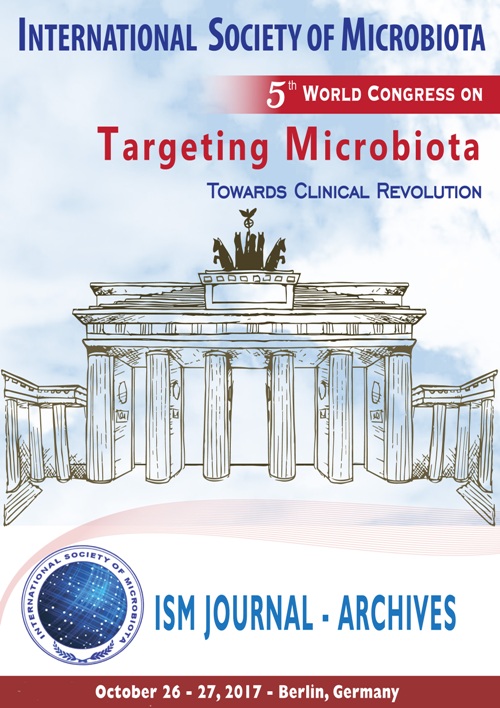 The final scientific agenda of Targeting Microbiota 2017 is now available. To access, please click here.
The final scientific agenda of Targeting Microbiota 2017 is now available. To access, please click here.
Major speakers will have 20 minutes for presentation + 5 minutes for questions.
Short Oral Presentations will be 7 minutes for presentations + 3 minutes for questions.
To access the list of poster presentations, please contact us.
Unraveling the gut microbiome of the long-lived naked mole-rat
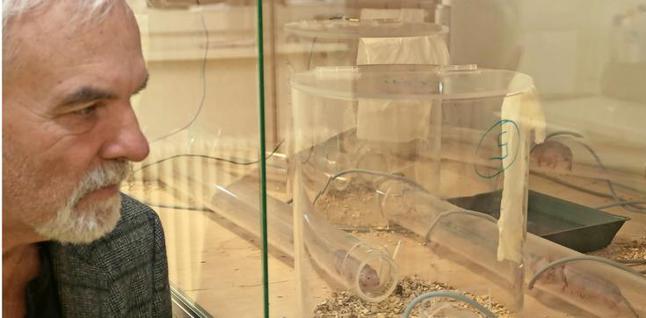 A recently published article in Nat. Sci. Rep. by Debebe et al. presents the analysis of the gut microbiome and metabolome of the long-lived naked mole-rat. The data were collected and compiled in a very cooperative manner by scientists from Bologna, Berlin, Addis Ababa and Leipzig.
A recently published article in Nat. Sci. Rep. by Debebe et al. presents the analysis of the gut microbiome and metabolome of the long-lived naked mole-rat. The data were collected and compiled in a very cooperative manner by scientists from Bologna, Berlin, Addis Ababa and Leipzig.
The naked mole-rat (Heterocephalus glaber) is a mouse-sized African mammal that shows few age-related degenerative changes and seems to be resistant to cancer. We characterize for the first time the intestinal microbial ecosystem of the naked mole-rat in comparison to humans and other mammals and highlighting peculiarities related to the specific living environment. Some compositional gut microbiota characteristics were also shared with human gut microbial ecosystems of centenarians and Hadza hunter-gatherers considered as models of a healthy gut microbiome. We found an enrichment of short-chain fatty acids and carbohydrate degradation products in naked mole-rat compared to human samples.
In this study, Dr Debebe and his team suggests that the particular commensal bacteria in connection with the plant-originated diet seem to contribute to the peculiarities responsible for their long healthy life.
One of the co-author of this study, Prof. Gerd Birkenmeier from Medicine University of Leipzig will present the results of this study during the 5th World Congress on Targeting Microbiota. For more information: www.microbiota-site.com
Source: Unraveling the gut microbiome of the long-lived naked mole-rat. Debebe & al. Nat. Sci. Rep.
Targeting Microbiota 2017: Come & Network with....
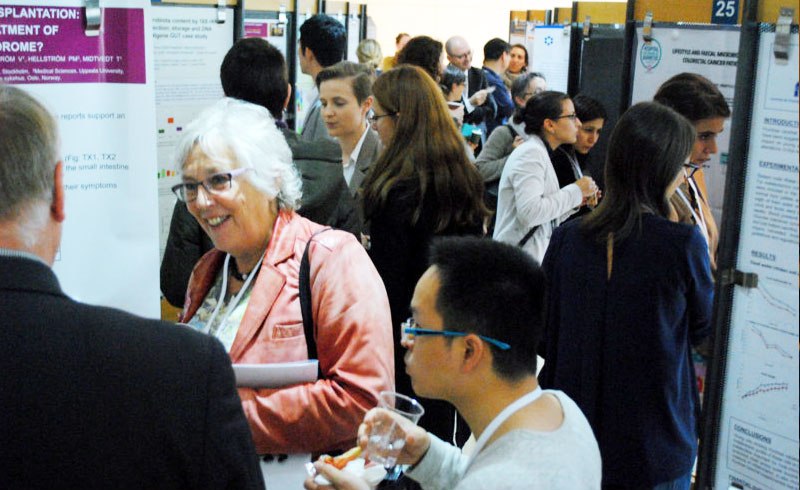 The International Society of Microbiota is honored to welcoming attendees coming from all around the world, from academics and industries. Among them, you can meet:
The International Society of Microbiota is honored to welcoming attendees coming from all around the world, from academics and industries. Among them, you can meet:
4D Pharma, APR, Beiersdorf, Biocodex, Bio-K Plus Pharma, Biose industrie, Biofortis, Clariant Production France, Diversigen, DNA Genotek, DSM Nutritional Products, EF Biomnis, Eurofins Cerep, Ezaki Glico, Genoscreen, Health Optimization Medicine and Practice, Igenomix, Laboratoires M&L, MaaT Pharma, Mayapada Hospital/PT Fresenius Kabi, Mayoly Spindler, MSD, Nestle Research Center, Novozymes,
Indoles from commensal bacteria extend healthspan: a recent study presented by Prof. Jones
 A recently published article in PNAS by Sonowal et al. demonstrated that indole generated by intestinal E. coli boosts mobility and resilience in C. elegans, Drosophila, and mice.
A recently published article in PNAS by Sonowal et al. demonstrated that indole generated by intestinal E. coli boosts mobility and resilience in C. elegans, Drosophila, and mice.
These influences were particularly evident during the later stages of organismal lifespans. The results propose that indoles are ancient messenger molecules whereby the microbiota elicits its positive influence on health.
The article’s corresponding author is Dr Dan Kalman of Emory University, and during the ISM meeting, Dr Rheinallt Jones who is a co-author on the manuscript will discuss these findings.
For more information about the congress: www.microbiota-site.com
Social ties linked with gut microbiota
 Spouses and siblings who report feeling close to one another are more likely to exhibit gut microbial communities that are similar to one another, according to computational biologist Kimberly Dill-McFarland, a postdoc in the lab of Federico Rey at the University of Wisconsin-Madison, who presented these data at the annual American Society for Microbiology meeting in New Orleans this week (June 1-5). But, people share more species with their cohabitating spouse than with their siblings, and notably, social individuals are also more similar to one another in microbial composition than they are with other people.
Spouses and siblings who report feeling close to one another are more likely to exhibit gut microbial communities that are similar to one another, according to computational biologist Kimberly Dill-McFarland, a postdoc in the lab of Federico Rey at the University of Wisconsin-Madison, who presented these data at the annual American Society for Microbiology meeting in New Orleans this week (June 1-5). But, people share more species with their cohabitating spouse than with their siblings, and notably, social individuals are also more similar to one another in microbial composition than they are with other people.
Dill-McFarland collaborated with social scientists to obtain and analyze fecal samples from individuals participating in the Wisconsin Longitudinal Study—a cohort consisting of 10,317 participants, surveyed every 10 years since they graduated high school in 1957. Five hundred participants completed a 2011 follow-up survey, were living on their own in select Wisconsin counties, and had a sibling in the study who submitted fecal samples for microbial analysis in 2014 to 2015; these individuals ranged from 58 to 91 years old.
The researchers analyzed beta diversity, or the degree to which individuals’ microbial communities differ from one another, and determined if there were any demographic, health, dietary, or social variables that correlate with microbial composition similarity between people.
They found that individuals differed significantly based on sex. In terms of microbial species composition, “a man looks more like a man, and a woman looks more like a woman,” Dill-McFarland tells The Scientist.
Individuals with a high degree of socialness—how often they go out with family or friends—were also similar to one another. Participants were also more similar with one another if they had a high protein diet, a recent history of antibiotic use, and heart disease.
Dill-McFarland’s team determined that participants shared 15 percent of their microbes with family members. Spouses shared an additional 9 percent just with one another, while siblings shared an additional 6 percent.
Relationship closeness significantly correlated with microbial similarity; spouses and siblings who reported that their relationship was very close were more similar microbially than those who reported that their relationship was somewhat or not at all close. However, according to Dill-McFarland, a small number of people reported feeling not at all close to their families, limiting how much she could draw conclusions from the associations.
These data demonstrate that “close, sustained human relationships impact your microbial community,” says Dill-McFarland, which is likely to occur “through microbial sharing, [that is,] physically sharing microbes between the two people, as well as shared social choices.” An individual’s close social network influences what they’re eating, where they’re going, and what they’re doing, explains Dill-McFarland, which, in turn, influences gut microbial composition.
One caveat, says Dill-McFarland, is that unrelated individuals are likely more similar to one another in this sample than from a random sample of the US or global population, because they’re within a similar age range and have spent a part of their life in the same place.
The idea that people are capable of passing on their gut microbes to others, especially those who live in the same household, is not a novel premise. However, researchers have yet to definitely demonstrate whether it’s possible to directly transfer gut microbes between people throughout their normal, day-to-day interactions. Data supporting microbial transfer in humans is all correlational, says Dill-McFarland, not unlike the current data. Senior author and microbiologist Rey and Pamela Herd, a social scientist, plan on investigating this in future studies with animal models.
Dr Federico Rey is a Key speaker of Targeting Microbiota World Congress 2017 which will be held in Berlin and will brievly presents this study. More information on www.microbiota-site.com
Source for picture: IXABAY, SHLOMASTER
News selected from The Scientist: http://www.the-scientist.com/?articles.view/articleNo/49591/title/Social-Ties-Linked-with-Gut-Microbiota/
Health Optimization Medicine (HOMe): Presentation of a framework to include microbiota and mitochondria in clinical practice
 Dr Theodore Achacoso from Health Optimization Medicine and Practice Association, USA and BioBalance Institute, Manila, Philippines Will give a strategic presentation during Targeting Microbiota congress about Health Optimization Medicine (HOMe): A framework to include microbiota and mitochondria in clinical practice.
Dr Theodore Achacoso from Health Optimization Medicine and Practice Association, USA and BioBalance Institute, Manila, Philippines Will give a strategic presentation during Targeting Microbiota congress about Health Optimization Medicine (HOMe): A framework to include microbiota and mitochondria in clinical practice.
According to Dr Achacoso: "“Illness Medicine” diagnoses and treats disease at the organ level of organization, for example, neurology and cardiology. Allopathic Medicine, Integrative Medicine, Alternative Medicine, Complementary Medicine, and Functional Medicine are all clinical practices that diagnose and treat disease. In contrast, “Health Optimization Medicine” or HOMe detects and corrects imbalances at the cellular and intracellular level of organization and communication [...]. Currently, detection and correction of imbalances is at the level of the metabolome, [...] may allow detection and correction of subatomic imbalances [...] HOMe is a clinical practice at the level of structure, information, and energy common to all cells, regardless of organ."
During the congress, Dr Achacoso will describe HOMe and its practical aspects.
What microbes harbor the long-lived naked-mole rats?
 Prof. Gerd Birkenmeier from University of Leipzign, Germany will present his study related to "What microbes harbor the long-lived naked-mole rats?" during the 5th Targeting Microbiota World Congress 2017.
Prof. Gerd Birkenmeier from University of Leipzign, Germany will present his study related to "What microbes harbor the long-lived naked-mole rats?" during the 5th Targeting Microbiota World Congress 2017.
According to him: "The naked mole-rat (NMR) is a subterranean mouse-sized African mammal that shows astonishingly few age-related degenerative changes and seems to not be affected by cancer. We characterize for the first time the intestinal microbial ecosystem of the NMR in comparison to humans and other mammals, highlighting peculiarities related to the specific living environment. The gut microbiota peculiarities were shared with human gut microbial ecosystems of centenarians and Hadza hunter-gatherers, considered as models of a healthy gut microbiome and of a homeostatic and highly adaptive gut microbiota-host relationship.These data confirm the importance of the gut microbial ecosystem as an adaptive partner for the mammalian biology and health, independently of the host phylogeny."
For more information about Targeting Microbiota Congress, which will be held in Berlin on October 26-27, 2017: www.microbiota-site.com
The microbiota, epigenome and transcriptome of colonic inflammation in inflammatory bowel disease
 During the 5th Targeting Microbiota World Congress 2017, Dr. Marcus Claesson from University College Cork, Ireland will present his study related to "The microbiota, epigenome and transcriptome of colonic inflammation in inflammatory bowel disease”
During the 5th Targeting Microbiota World Congress 2017, Dr. Marcus Claesson from University College Cork, Ireland will present his study related to "The microbiota, epigenome and transcriptome of colonic inflammation in inflammatory bowel disease”
Previous studies of inflammatory bowel disease (IBD) have yielded inconclusive results for the composition and relationship between the microbiota and topographic distribution of inflammation. Dr Claeson's team examined paired biopsies from inflamed and non-inflamed segments of colonic mucosa from a large number of IBD patients and healthy controls using high throughput sequencing for microbiota composition and host/microbe expression, and bead arrays for host genetic and epigenetic analyses. Their findings confirmed some previous knowledge and also added new insights into the role of the host epigenome and transcriptome and their interactions with the mucosal microbiota.
For more information about Targeting Microbiota Congress, which will be held in Berlin on October 26-27, 2017: www.microbiota-site.com
Novel techniques in microbiota research: From meta-omics to single cells
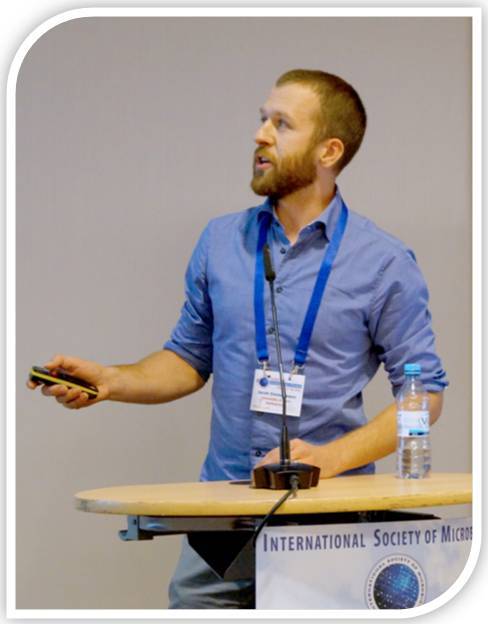 Dr. Jakob Zimmermann, University of Bern, Switzerland will highlight "Novel techniques in microbiota research: From meta-omics to single cells" during Targeting Microbiota World Congress 2017.
Dr. Jakob Zimmermann, University of Bern, Switzerland will highlight "Novel techniques in microbiota research: From meta-omics to single cells" during Targeting Microbiota World Congress 2017.More Articles...
- The ISM Scientific Contribution Award 2017 was discerned to Prof. Paul Forsythe
- Microbiota and autoimmune diseases: a shield or a sword?
- What is the role of nasal microbiota in respiratory recurrent infections (RRI)?
- Intestinal microbiota and primary sclerosing cholangitis: Presentation of the recent scientific advances




